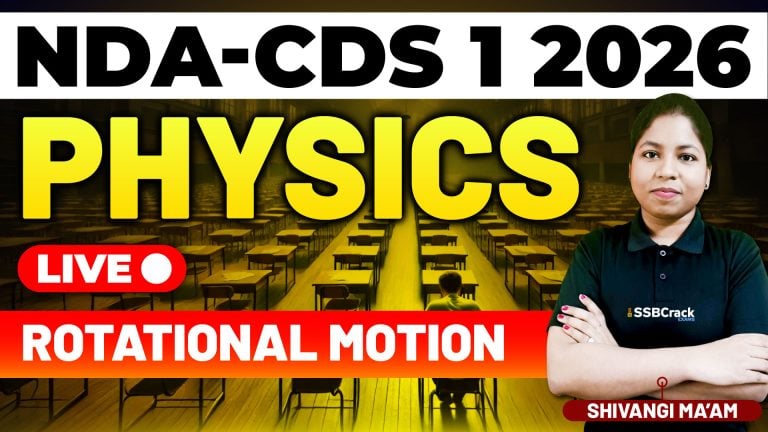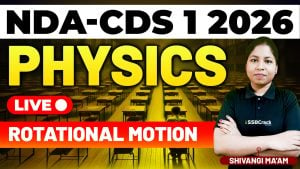As aspirants gear up for the NDA 1 2024 Exam, the mathematical odyssey takes an exciting turn with Vector Algebra Class 1. In this live class, participants are introduced to the fundamental concepts and examples of vectors, unravelling their types, operations, and governing rules. This article navigates through the key highlights of the class, shedding light on the essentials of vector algebra with vivid illustrations.
Foundations of Vector Concepts:
Class 1 set the stage by laying the foundations of vector concepts. The instructor navigated through the basics, offering a clear understanding of what vectors represent in the mathematical realm. From magnitude and direction to the representation of vectors in space, participants were guided through the conceptual landscape that forms the bedrock of vector algebra.
Types of Vectors Explored:
The class delved into the diverse types of vectors that populate the mathematical landscape. From position vectors that denote a specific location in space to displacement vectors capturing the change in position, participants encountered a spectrum of vector types. The exploration expanded to include free vectors, bound vectors, and unit vectors, enriching the understanding of vector diversity.
Operational Symphony of Vectors:
A key highlight of Class 1 was the exploration of vector operations, where vectors dance in harmony through a symphony of mathematical operations. The class introduced fundamental operations such as addition and subtraction, showcasing how vectors combine and interact. Through vivid examples, participants witnessed the transformative power of vector operations.
Rules Governing Vector Interactions:
As vectors waltzed through operations, Class 1 unraveled the rules governing their interactions. Participants were introduced to the commutative and associative properties that define vector addition, showcasing the elegance and consistency of vector algebra. These rules laid the groundwork for more complex operations and problem-solving strategies.
Vector Illustrations for Visual Understanding:
One of the hallmarks of Class 1 was the emphasis on visual understanding through vector illustrations. The instructor utilized diagrams, graphs, and visual aids to elucidate abstract vector concepts. This visual approach not only clarified theoretical notions but also fostered a more intuitive grasp of vector algebra, making the subject more accessible.
Practical Applications of Vectors:
Beyond the confines of theoretical exploration, the class showcased the practical applications of vectors in various fields. Participants were led through scenarios where vectors find relevance, ranging from physics and engineering to computer graphics and navigation systems. This practical context not only added depth to the learning experience but also underscored the real-world utility of vector algebra.
Introduction to Vector Rules and Properties:
Class 1 marked the introduction to a set of rules and properties governing vectors. Participants were guided through the distributive property, the zero vector property, and the scalar multiplication property. These rules serve as guiding principles in vector algebra, shaping the way vectors interact and allowing participants to navigate the complexities of vector operations.
Emphasis on Conceptual Understanding:
Class 1 placed a deliberate emphasis on conceptual understanding, ensuring that participants grasped not just the mechanics of vector operations but the underlying logic. The instructor took the time to unravel the “why” behind vector rules and properties, empowering participants to navigate vector algebra with a deeper level of understanding.
Interactive Learning Environment:
Fostering an interactive learning environment, the class encouraged participant engagement through questions, discussions, and problem-solving sessions. This collaborative approach not only clarified doubts but also enriched the learning experience by incorporating diverse perspectives and problem-solving approaches.
Conclusion:
In conclusion, NDA 1 2024 Exam Math Vector Algebra Class 1 serves as a pioneering expedition into the captivating world of vectors. By laying the foundations, exploring vector types, unraveling operational symphonies, elucidating rules and properties, providing visual illustrations, showcasing practical applications, and emphasizing conceptual understanding, Class 1 equips participants with the tools necessary to navigate the complexities of vector algebra. As participants absorb the insights gained in this class, they not only prepare for the exam but also cultivate a profound appreciation for the elegance and applicability of vectors in the vast landscape of mathematics.



















